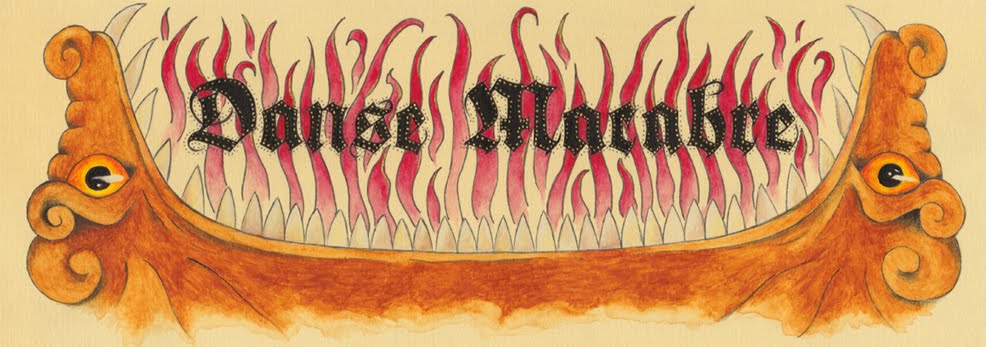The Natural History Museum was a place I had visited many years ago, and
always been eager to return. Finally I had my chance and hoped that
this time I'd find the time to see it all.
The stunning Victorian
building which houses what I imagine to be the country's largest
collection of natural specimens is a breathtaking statement on its own. A
temple to science and nature the architecture and it's fine details
tell of a time when folks had the most inquisitive of minds and yearned
to know everything about anything.
The exhibits obviously
reflect this too, with a vast array of specimens at every turn looking
at subjects from the evolution of man, to insect behaviour to extinct
animals, and everything in between.
One area which I seem to
have missed during my first fleeting visit but certainly made up for
this time featured some of my favourite animals; birds. Taxidermy
specimens of a vast array of birds sit in a huge glass cabinet, faded
with time and slightly surreal looking. A case opposite was absolutely
packed with Hummingbirds, feverishly covering branches with countless
tiny forms. So many different colours, beak shapes, special adaptations,
sizes, a truly overwhelming presentation of Victorian excess. But my
favourite display was a rather neglected looking cabinet, with sloping
sides and a wood surround. It's hand written labels and ancient
aesthetics instantly gave it away as something that had been in the
museum a long time, and probably never touched. The contents of the
cabinet examined in detail the different physical traits of birds,
different types of beaks, how wings are formed and work, the claws of so
many species, no stone was left unturned. And for me, this incredible
display was a glimpse into the mind of a passionate, inquisitive
Victorian scientist, a textbook attempting to understand and grasp the
secrets of nature come to life and in 3D.
As fellow visitors
observed the case many were heard to say how repulsive and awful they
thought the display was. Yet I felt it was thoroughly fascinating, an
important insight into our early understanding and observation of
nature. I shamefully admit I have never stopped to consider how many
different styles of beak there are and how each of these has so
carefully evolved and adapted to each environment. Of course it's
something most people with an inquisitive mind will be aware of, or even
know a few obvious examples, but having a huge number of specimens
demonstrating this laid out before you is something quite different.
The display made me consider birds in a different light, in terms of their evolution and scientific intrigue, and I admit as someone with an artistic mind this is not my usual angle of perspective. So it was both interesting and enlightening to view nature in this new perspective not only concerned with natural beauty.
Unfortunately
I still didn't make it round quite all of the museum, it is truly vast
and contains so much knowledge. Though I am pleased to have seen the
fantastic bird specimens of the Natural History Museum and many other fascinating exhibits within the museum.
















